Browse
Women

Teaching
Japanese Immigrants, Internment Camps, and American Loyalty
This source collection focuses on the interviews and stories of first and second-generation Japanese Americans internment during World War II.
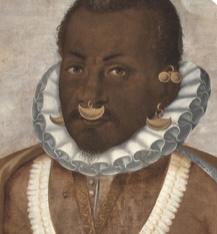
Review
Slavery, Law, & Power
This website encourages its users to dissect and reflect on how institutional slavery has shaped the Americas (with specific emphasis on the US) by examining documents from the pre-colonization to post-American Revolution.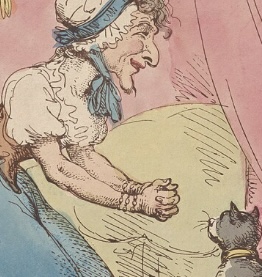
Review
Women Writers Project
This website is great for exploring the literary value that women provided through the Early Modern Period.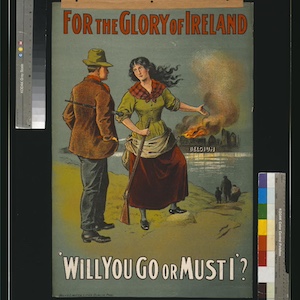
Source
For the glory of Ireland
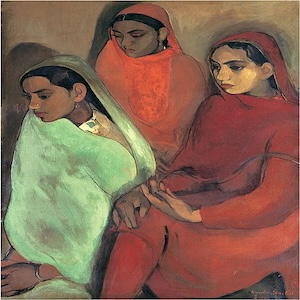
Source
Amrita Sher-Gil: Young Girls, Group of Three Girls
Group of Three Girls (1935), and Young Girls (1932) were created by th
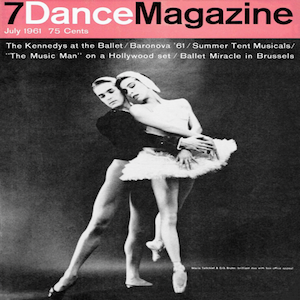
Source
Maria Tallchief in Dance Magazine, 1961
This 1961 Dance Magazine cover depicts a photograph of ballet dancers Maria Tallchief and Erik Bruhn.
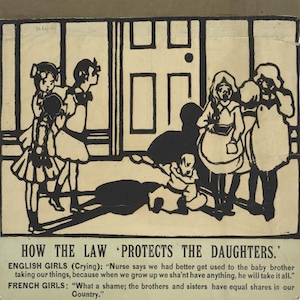
Source
Suffrage Atelier Postcard, 1909
This propaganda postcard titled "How the Law ‘Protects the Daughters'" can be used to study European suffrage movements.

Review
Teaching Central America
Teaching Central America provides educational materials for K-12 educators with the goal of centering Central American history and culture in primary and secondary classrooms.
Review
Teaching LGBTQ History
Teaching LGBTQ History is an organized and quality social-justice oriented educational resource that provides a wide diversity of adaptable lesson plans and connection to outside community-based and digital online resources.
Review